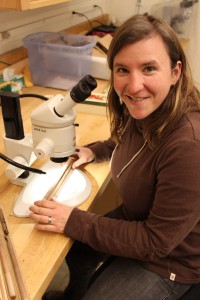
Today, Redwoods and Climate Change Initiative scientist, Allyson Carroll, shares her perspective on how she decodes the history of redwoods from tree rings.
Imagine finishing a massive puzzle, one involving nearly half a million pieces and taking years to complete… it feels good when that puzzle is done! For this puzzle, the “pieces” are tree rings and this week our research was published detailing the first range-wide network of coast redwood tree-ring chronologies and their sensitivities to historical climate conditions. Developing a tree-ring chronology is more than simply counting rings; it’s putting a precise calendar year on each ring. Think of a tree’s rings like a fingerprint, there is a pattern of larger and smaller growth rings dependent on the climatic conditions experienced by that tree. Coast redwoods are notorious for being difficult to crossdate – or match the ring width patterns across a population of trees – with many anomalies and discontinuous or “missing” rings. So, the first step toward many research applications is simply determining the correct dates for each ring.
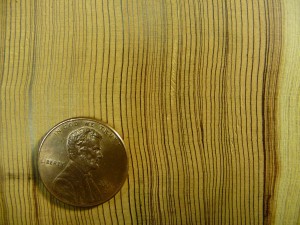
Key to our success was taking increment cores from multiple heights along the main trunks of coast redwoods and giant sequoias. This provided enough replication to solve the puzzle of each tree. While I was able to climb several giants to collect cores, the vast majority of my time was spent in the lab looking through the microscope, piecing together each tree’s past. With crossdated series we were also able to compare the growth rings to climate histories at our study locations, to determine what climate variables correlate with the year-to-year variation of ring widths. I encourage you to read our research results, as one prong of the many aspects of the Redwoods and Climate Change Initiative.
Read Allyson and colleagues’ publication here.
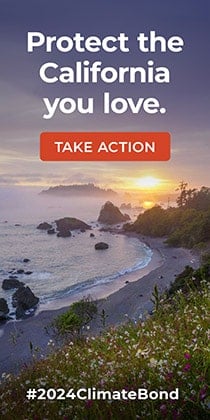
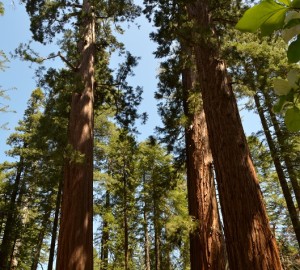

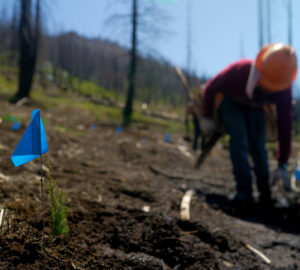
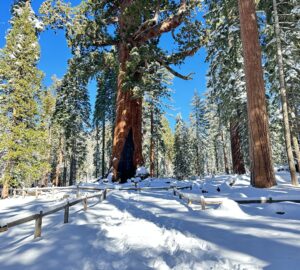
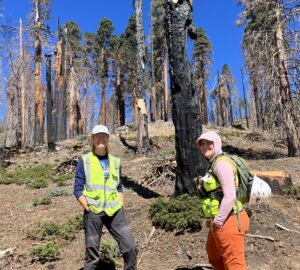
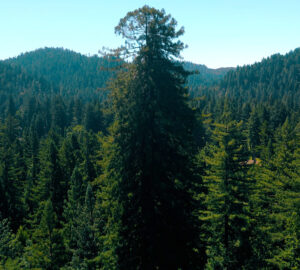
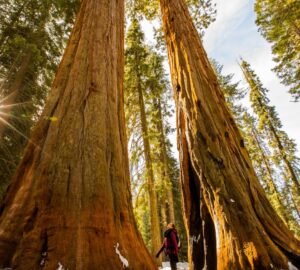
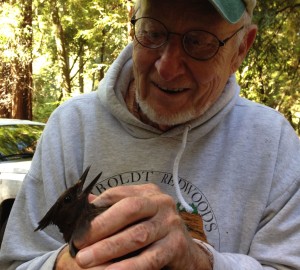

One Response to “A giant step for understanding redwood tree rings”
John Rector
A question regarding growth rings. My neighbor (unfortunately) just had a beautiful Coastal Redwood removed from his property. Unfortunately, like so many homeowners, the tree should have never been planted on a small residential lot. They’ve told me it was planted in the mid-1970’s, however, in counting the growth rings I found only 30 rings. Having lived across the street for the past 25 years, I know the tree is considerably older than 30 years. It was at least 50-60 ft tall when I moved here, Canby, OR. Just curious. And yes, I did take a picture of the rings. Hope you might have an explanation, John Rector